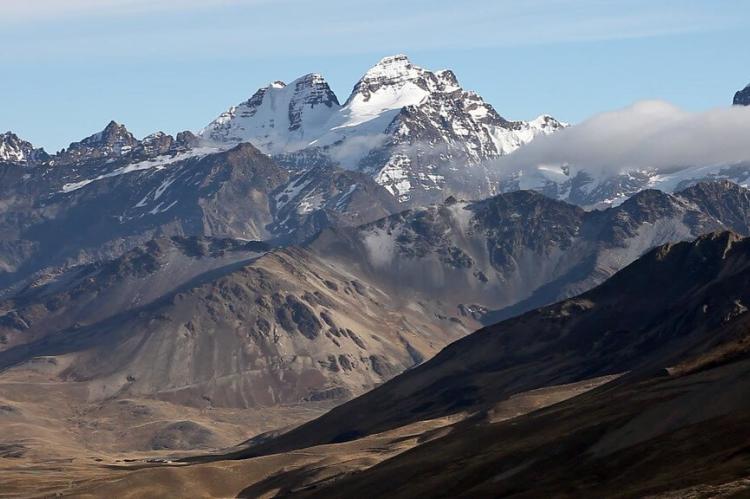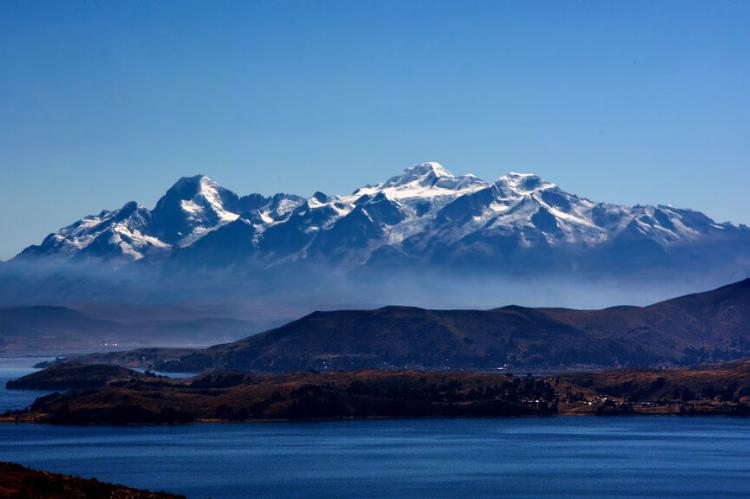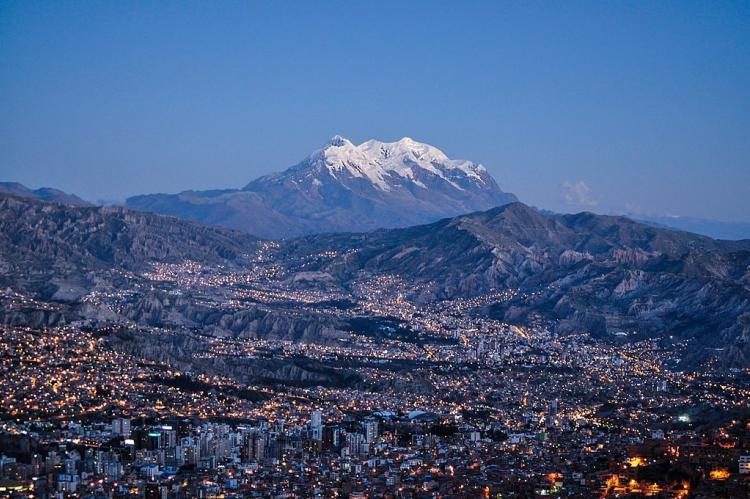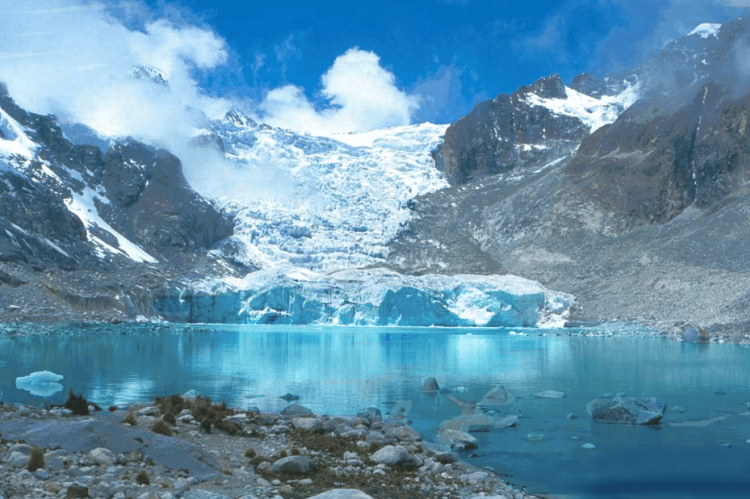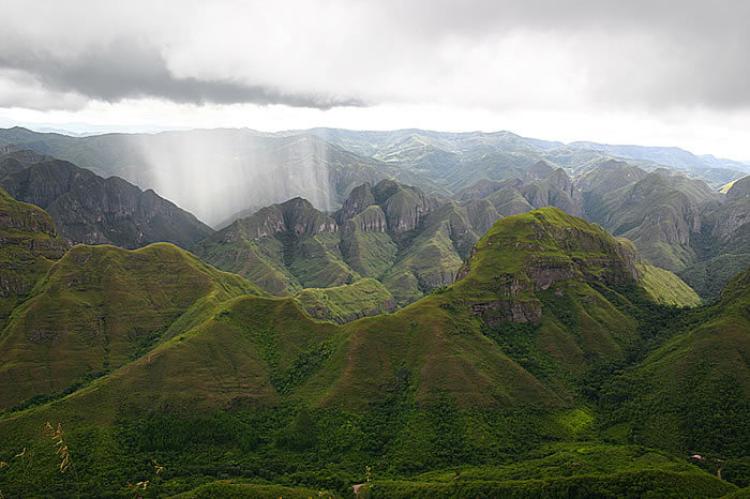Mountain Ranges and Major Peaks of Bolivia
Bolivia has a diverse and extensive array of mountain ranges, shaped predominantly by the Andes Mountains, which run through its western region. These mountain ranges contribute to the country's diverse and captivating natural beauty, making it a paradise for those exploring its wonders.
Mountain Ranges and Major Peaks of Bolivia
Bolivia has a diverse and extensive array of mountain ranges, shaped predominantly by the Andes Mountains, which run through its western region. These mountain ranges in Bolivia contribute to the country's diverse and captivating natural beauty, making it a paradise for adventurers, nature enthusiasts, and those seeking to explore the wonders of the Andes. These ranges offer breathtaking landscapes, rich biodiversity, and cultural significance.
Andes Mountains
The Bolivian Andes is composed of ranges or cordilleras. Some experts and geographic classifications may choose to group the Cordillera Central and Cordillera Oriental as a single range due to their proximity and similarities, resulting in a listing of two Andes chains for Bolivia.
The Cordillera Occidental and the Cordillera Oriental are more distinct in their geological and ecological characteristics, with the former being drier and volcanic. At the same time, the latter is wetter and includes cloud forests and rainforests. On the other hand, the Cordillera Central is a transition zone between the other two chains, with features that share attributes of both.
-
Cordillera Occidental (Western Cordillera): The Cordillera Occidental runs parallel to Bolivia's western border with Chile and is part of the more extensive Andes mountain range. Dramatic peaks, deep valleys, and arid plateaus characterize it. This range is known for its numerous volcanoes, some of which are active, such as Parinacota and Pomerape. It also includes the iconic Salar de Uyuni, the world's largest salt flat near Uyuni. The Cordillera Occidental is rich in minerals, and mining is an important economic activity in the region.
-
Cordillera Central (Central Cordillera): The Cordillera Central is located east of the Cordillera Occidental and forms the central part of the Bolivian Andes. This range includes prominent peaks, such as Illampu, Ancohuma, and Huayna Potosí. The Cordillera Central is known for its deep valleys and rugged terrain, offering opportunities for trekking and mountaineering. It is also home to the Yungas region, a transition zone between the high mountains and the Amazon rainforest, characterized by its lush vegetation and diverse ecosystems.
-
Cordillera Oriental (Eastern Cordillera): The Cordillera Oriental runs along Bolivia's eastern border with Brazil and is part of the Andes mountain range. Dense forests, deep canyons, and a tropical climate characterize it. The Yungas region, located on the eastern slopes of the Cordillera Oriental, is known for its biodiversity and is one of the most ecologically diverse areas in the country. The range also includes the Amboró National Park, which protects various flora and fauna.
Major Peaks of the Bolivian Andes:
-
Janq'u Uma, 6,427 m (21,086 ft)
-
Cabaraya, 5,860 m (19,226 ft)
-
Chacaltaya, 5,422 m (17,789 ft)
-
Wayna Potosí, 6,088 m (19,974 ft)
-
Illampu, 6,368 m (20,892 ft)
-
Illimani, 6,438 m (21,122 ft)
-
Laram Q'awa, 5,182 m (17,001 ft)
-
Macizo de Pacuni, 5,400 m (17,720 ft)
-
Nevado Anallajsi, 5,750 m (18,865 ft)
-
Nevado Sajama, 6,542 m (21,463 ft)
-
Patilla Pata, 5,300 m (17,390 ft)
-
Tata Sabaya, 5,430 m (17,815 ft)
Along the border between Bolivia and Chile:
-
Acotango, 6,052 m (19,856 ft)
-
Michincha, 5,305 m (17,405 ft)
-
Iru Phutunqu, 5,163 m (16,939 ft)
-
Licancabur, 5,920 m (19,423 ft)
-
Olca, 5,407 m (17,740 ft)
-
Parinacota, 6,348 m (20,827 ft)
-
Paruma, 5,420 m (17,782 ft)
-
Pomerape, 6,282 m (20,610 ft)
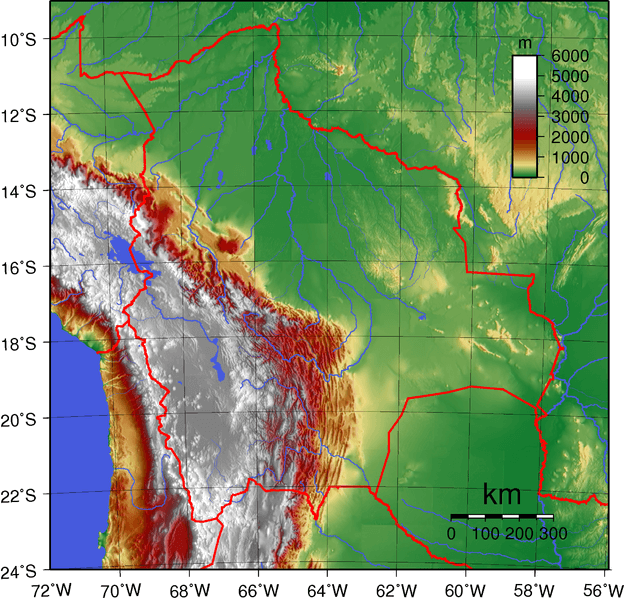
Topographical map of Bolivia
Other Mountain Ranges
-
Cordillera de Sama: In southwestern Bolivia, the Cordillera de Sama is a lesser-known range known for its dry, desert-like landscapes. It is near Tarija and features unique geological formations, canyons, and valleys. The range is also home to diverse plant species adapted to the arid conditions.
-
Cordillera de Lípez: The Cordillera de Lípez is located in the southwestern region of Bolivia, near the border with Chile. Its high-altitude deserts, salt flats, and volcanic peaks characterize it. The range is home to the stunning Laguna Colorada and Laguna Verde, two saltwater lagoons known for their vibrant colors due to mineral deposits.
-
Cordillera Real: The Cordillera Real is a subrange of the Cordillera Oriental known for its jagged peaks and challenging mountaineering opportunities. It is home to some of Bolivia's highest peaks, including Illimani and Illampu. The range is located near La Paz and offers stunning views of the surrounding valleys and lakes.
-
Cordillera Apolobamba: Located in the northern part of the Cordillera Real, the Cordillera Apolobamba is characterized by its pristine landscapes, glacial lakes, and remote communities. It is known for the stunning trekking route, the Apolobamba Circuit, which takes hikers through some of Bolivia's most remote and beautiful areas.
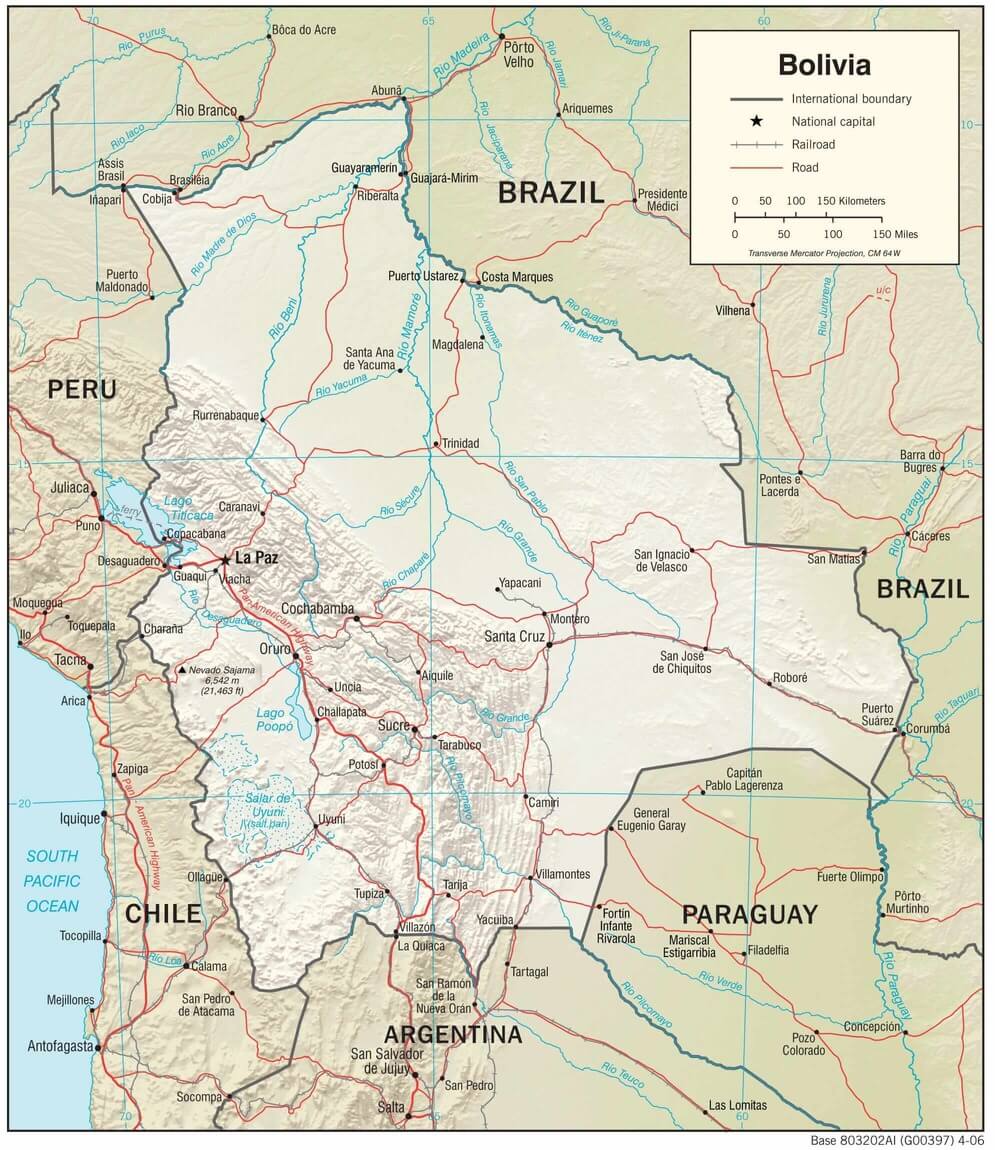
Bolivia physiographic map
